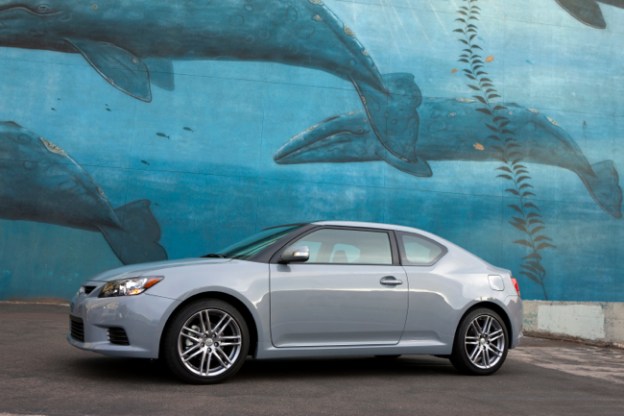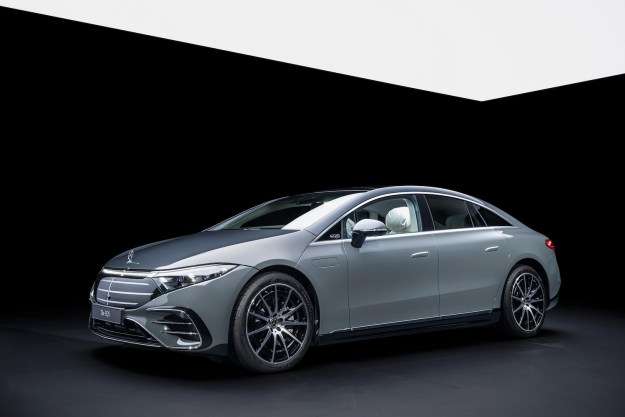 The FR-S might be Scion’s poster child, but Toyota’s youth division has another coupe that needs some love. The tC will get a face-lift for the upcoming model year, and Scion will show it off at the New York Auto Show next week.
The FR-S might be Scion’s poster child, but Toyota’s youth division has another coupe that needs some love. The tC will get a face-lift for the upcoming model year, and Scion will show it off at the New York Auto Show next week.
No drastic changes are expected, just a few styling tweaks to keep the car fresh and perhaps a few new options. The tC isn’t quite ready for a full redesign, the current model (pictured) debuted in New York in 2010 as a 2011 model, but it feels like it could use some serious freshening up.
Like the other second-generation Scion models, the xB and xD, the tC didn’t change dramatically when it became a sophomore. It still looks like a mid-cycle refresh of the first-generation car, which isn’t necessarily a bad thing, but it’s hardly a new look for a new generation.
That was Scion’s goal when it debuted in 2003. The launch of a new car brand is always a major event, and the fact that stodgy Toyota was going after young buyers added to the novelty.
Riding that wave of novelty were the xA and first-generation xB. Their small size and the xB’s boxy styling set them apart, and a host of dealer-installed accessories made it seem like Toyota was on the same wavelength as the Fast & Furious crowd.
However, current Scions, FR-S and iQ aside, resemble most other compact cars in size and specification. The front-wheel drive tC comes with a 2.5-liter inline four, which produces 180 horsepower and 173 pound-feet of torque.
The tC was never meant to be an all-out performance car, which is probably something Scion salespeople stress every time a customer walks into a dealer and sees one parked next to an FR-S. Coupes that aren’t sports cars are a rare breed for a reason.
With a $19,480 base price, the current tC is an affordable option for people who want a relatively stylish car and don’t need four doors. That’s not very exciting though.
Not exciting seems to be a good marketing strategy. Last year, the tC was Scion’s bestselling model, so the 2014 model should at least keep up the momentum.
So the 2014 Scion tC might not be revolutionary, but it should at least make Toyota some money. Now, can we have an FR-S turbo please?


